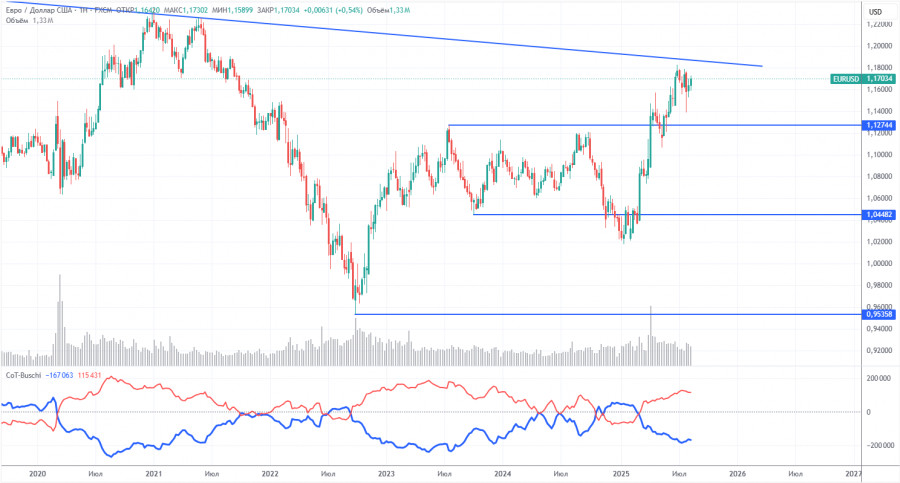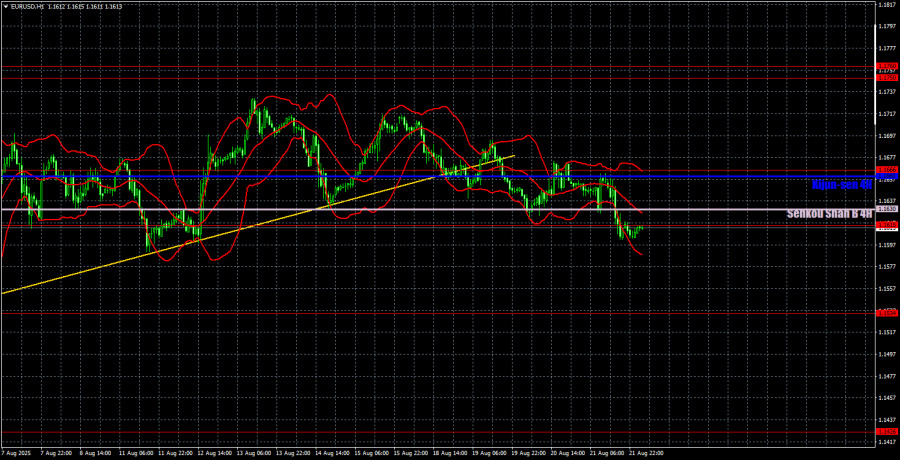Americký prezident Donald Trump se v pondělí odpoledne setká se zástupci velkých maloobchodních prodejců, aby s nimi projednal dopady plošných cel na jejich podnikání, uvedl představitel Bílého domu.
Úředník, který hovořil pod podmínkou zachování anonymity, potvrdil zprávu agentury Bloomberg, podle níž se schůzky v Bílém domě zúčastní zástupci společností Walmart (NYSE:WMT), Home Depot (NYSE:HD), Lowe’s (NYSE:LOW) a Target. Velcí američtí maloobchodníci, zejména Walmart a Target, dovážejí vysoké procento svého zboží ze zámoří a očekává se, že cla – včetně 145% odvodů na Čínu – v příštích měsících zvýší Američanům náklady na zboží každodenní spotřeby.
Společnost Walmart potvrdila, že se setkání zúčastní její generální ředitel Doug McMillon.
Trumpova celní politika vyvolala vlny napříč mnoha průmyslovými odvětvími a vyvinula tlak na americké akciové trhy, které byly jeho nevyzpytatelnými kroky po několik týdnů rozkolísané. Nedávno vyjádřil hněv nad výroky předsedy Federálního rezervního systému Jaye Powella, který minulý týden uvedl, že ekonomiku ohrožuje nižší růst i vyšší inflace. Americké trhy se v pondělí prodávaly, přičemž index S&P 500 klesl o více než 3 %, zatímco referenční desetiletý státní dluhopis a americký dolar se rovněž dostaly pod tlak.
Rozsáhlá cla na desítky zemí oznámil 2. dubna, poté cla na 90 dní pozastavil – s výjimkou těch na Čínu, přičemž druhou největší ekonomiku světa vyčlenil pro největší odvody.
Společnosti Home Depot, Lowe’s a Target na žádosti o komentář bezprostředně nereagovaly.
The EUR/USD pair spent most of Thursday trading in a "neither fish nor fowl" style. Yes, in the second half of the day, we finally saw something resembling a move. On Thursday, business activity indices were published in Germany, the Eurozone, and the U.S., and in the U.S., new home sales data were also published. We had warned in advance that the market's reaction to these reports could be weak, simply because there were no other data, events, or news. That is precisely what happened. The German and European PMIs provoked no reaction at all, as they showed somewhat contradictory figures. The U.S. indices, however, improved in August. Combined with a decent new home sales report, we got three positive releases from the U.S. in one day. Three secondary, but positive reports, triggered a dollar strengthening of about 50 pips.
However, as before, we do not expect medium-term dollar growth. Donald Trump continues to work toward breaking down the Federal Reserve, now bringing accusations against Lisa Cook as well, and it looks like he will not stop until the central bank begins voting on rates in line with his demands. Therefore, in the near future, confidence in the U.S. currency may fall even further, as the central bank loses its independence.
What can we note from the trading signals? The price bounced from the Senkou Span B line, then from the critical line, and under the influence of U.S. reports dropped slightly below the 1.1615–1.1630 area—the first two signals formed within a flat market. The last one occurred when a decline, following U.S. data, could be expected to end. The day's movements were not only weak but also erratic.

The latest COT report is dated August 12. The chart above shows clearly that the net position of non-commercial traders has long been bullish, while the bears only briefly gained an advantage at the end of 2024 before quickly losing it. Since Trump took office as U.S. president, only the dollar has been falling. We cannot say with 100% certainty that the decline of the American currency will continue, but the current global developments suggest exactly that scenario.
We still see no fundamental factors supporting the strengthening of the European currency, but there remains one very weighty factor for the decline of the U.S. dollar. The global downtrend is still intact, but what significance does it have now where the price moved over the past 17 years? Once Trump ends his trade wars, the dollar may begin to rise, but recent events show that the war will continue in one form or another.
The positioning of the red and blue indicator lines continues to signal the preservation of a bullish trend. During the last reporting week, the number of longs in the "non-commercial" group decreased by 1,000, while shorts decreased by 500. Accordingly, the net position declined by 500 contracts over the week, which is a negligible change.

On the hourly timeframe, the EUR/USD pair has been in a flat range all week. The last growth cycle began after the price bounced off the Senkou Span B line on the daily TF. Thus, the dollar corrected very technically, while the upward trend remained intact. At the moment, the market is taking a pause, awaiting important events.
For August 22, we highlight the following trading levels: 1.1092, 1.1147, 1.1185, 1.1234, 1.1274, 1.1362, 1.1426, 1.1534, 1.1615, 1.1666, 1.1750–1.1760, 1.1846–1.1857, as well as the Senkou Span B line (1.1630) and the Kijun-sen line (1.1660). The Ichimoku indicator lines can shift during the day, which should be taken into account when determining trading signals. Do not forget to place the stop-loss order at breakeven if the price moves 15 pips in the correct direction. This will protect against possible losses if the signal turns out to be false.
On Friday, Fed Chair Jerome Powell will deliver a speech at the Jackson Hole symposium, which began today. Traders are placing high hopes on the Fed chief's remarks, but in any case, it will take place in the evening. And Powell himself usually takes a very cautious stance. We believe that conclusions should be drawn next week. For now, we see no grounds for dollar growth.
On Friday, the market may remain flat for most of the day. After Powell's speech (scheduled for the evening), an emotional spike is possible, which cannot be predicted in advance. Thus, most likely, we are in for not only flat and low volatility for most of the day but also erratic movements.